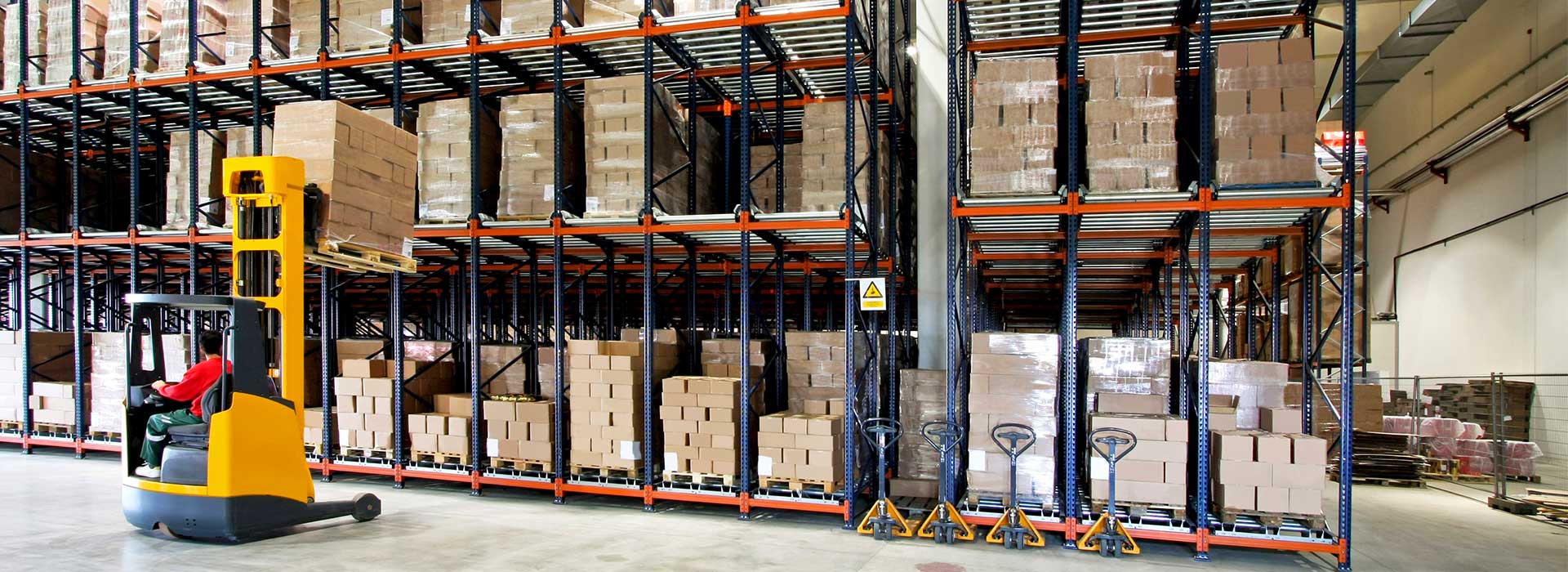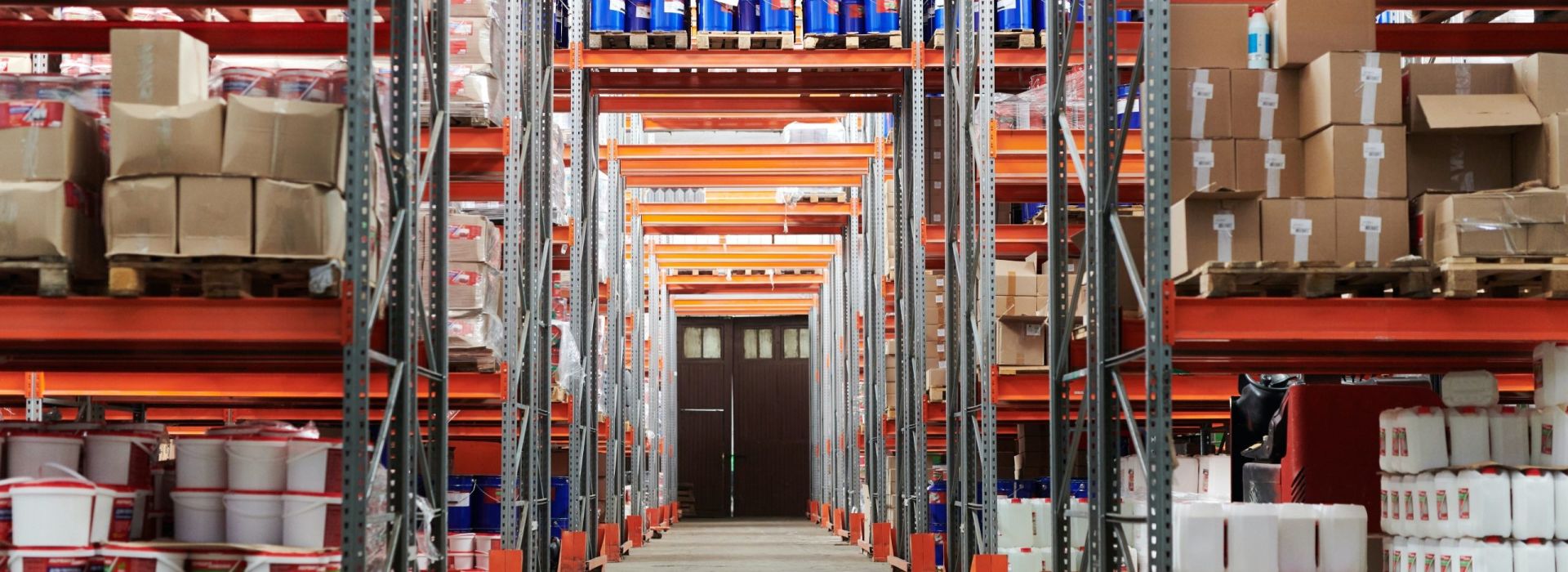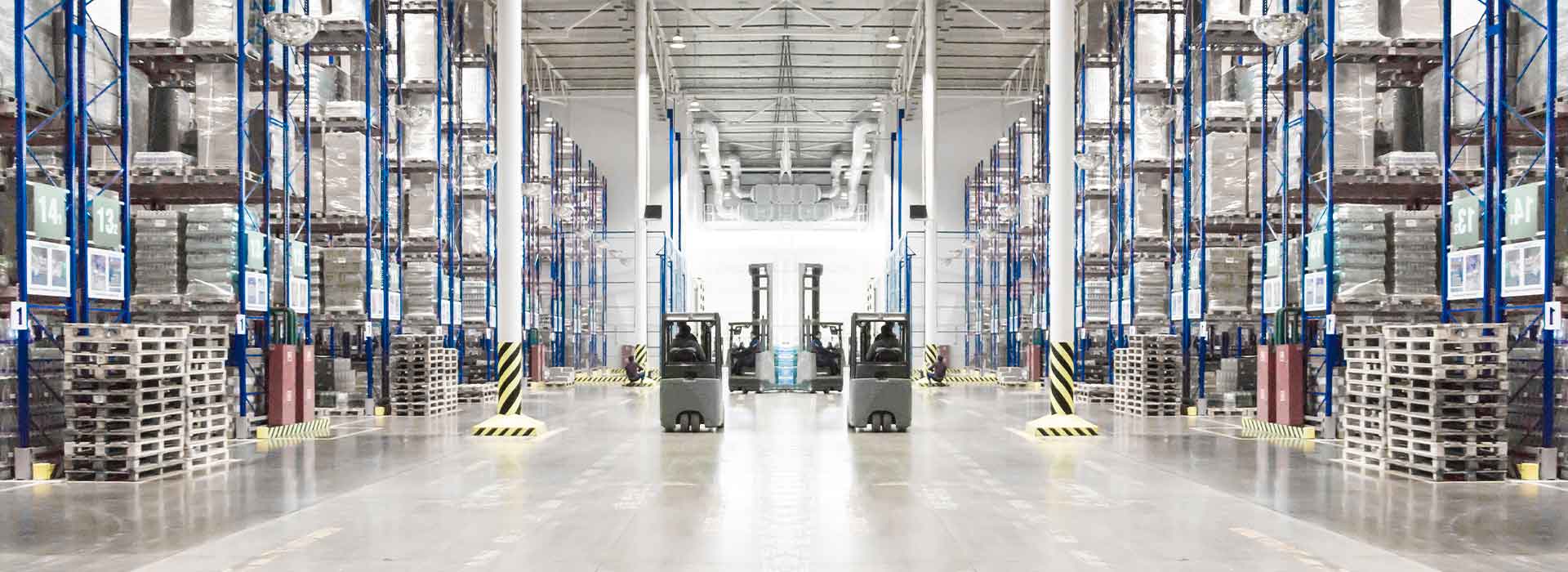Warehousing
A quick definition of warehousing and a warehouse
Warehousing is the process of storing physical goods by a business so that they can be sold, distributed or otherwise used at a later date. It’s in the company’s best interest to make sure they are warehousing their goods in an efficient, cost effective and easy to use manner.
Warehousing is not possible without a specific space or building, normally referred to as a warehouse
Now that we have that sorted, let us dive deeper into an explanation of warehousing and the critical role it plays within a company’s logistical set up.
Warehousing Explained
Like most endeavours in life, the Pareto Principle applies in warehousing. The first 80% of your results will come from the first 20% of your effort. However, if you are running your warehouse at 80% utilisation, 80% efficiency, 80% effectiveness you won’t be operating a warehouse for very long.
So, what does it take to harvest a reasonable proportion of the additional 20% of results? As in any business undertaking it is in the design and application of strategy and resources in the areas of people, process, technology and facility and the relationship between the attributes of these components of your warehouse.
In modern warehousing the management of your people should focus on safely achieving utilisation, productivity, speed, accuracy, flexibility and adaptability. This is achieved through role design, competency specification, recruitment, training and supervision.
Achieving output from people also relies on well designed and implemented processes from receipt, putaway, pick, pack, dispatch and inventory management to safety processes; all integrated and automated where appropriate.
The design and application of technology includes materials handling equipment (MHE), storage media (static or goods to person), warehouse management system (WMS), automated data capture, Radio Frequency (RF) units, labeling, scanning, lighting etc.
The design of the layout and fitout of a warehouse must balance the needs of optimum storage with functional workspaces for the people using processes and technology.
Finally, the old adage that if you don’t measure it you can’t manage it holds very true in warehousing. Identifying the most appropriate key performance indicators, statistics, targets etc. is crucial to achieving any portion of the 20% that Mr Pareto doesn’t deliver to you.
Warehouse Design Specialists – How can I find a warehousing specialist?
Don’t worry if you are not an expert on all these topics. Very few people are. It is worth remembering that Daniel Riccardo drives a car very fast but don’t ask him to design and build one. Likewise, warehouse managers and supervisors can drive your warehouse very fast, provided you have the right design consultants with the knowledge and the experience to design your warehouse system. The four walls and the roof keep the weather out. But it is the strategy and resources designed and applied in your areas of people, process, technology and facility that the 20% required to achieve continuous success can be found.
Talk to us at Supply Chain Services Australia. We have the expert team you need to make your warehouse fly.
Stephen MacPherson
Steve is a highly credentialled supply chain professional with success in executive, general, supply chain and logistics management, military logistics and in professional development. He has excelled as a consultant for 17 years and has contributed to the industry as a lecturer up to Masters Level, advisor on logistics and supply chain course content and as a former Chairman and President of the SCLAA.




